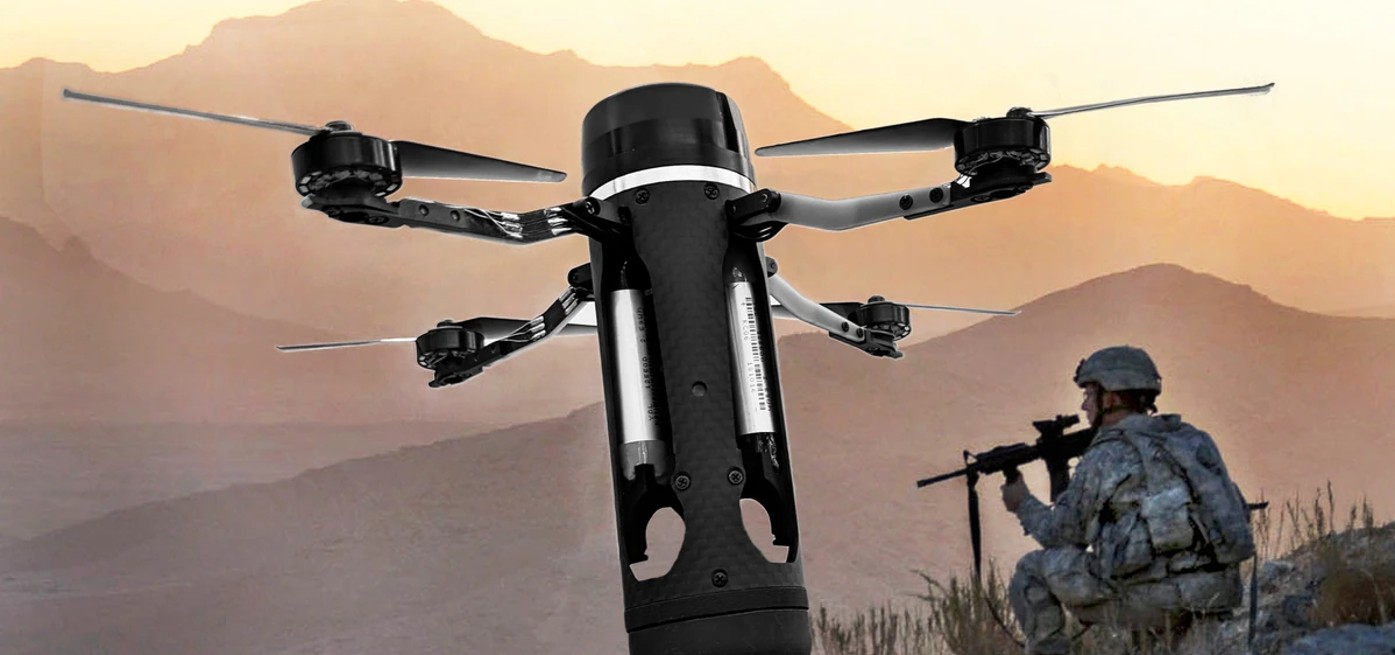
How to Block Drones with a Drone Jammer
In an age where the sky is dotted with drones, the importance of drone jammers has never been more significant. From commercial deliveries to personal

In today’s technologically advanced world, we heavily rely on our smartphones for various purposes, including accessing information. However, there are instances when we find ourselves in places where our phones suddenly lose the ability to search for information. This raises a question in many people’s minds: are the signals being blocked intentionally? While we may not know the reasons behind such actions, it is evident that the installation of Signal Jammer in certain locations has had a negative impact on our lives. In fact, these systems are still quite prevalent and increasingly accepted by a growing number of individuals. To truly understand what Signal Jammer are, it is essential to delve deeper into their functionality and applications.
Many people are unaware of the wide range of applications for Signal Jammer. These systems can be installed in various settings, such as prisons, detention centers, schools, and conference rooms. Their primary purpose is to create a designated area within a range of 10-60 meters where all signals are blocked. Moreover, these systems can be controlled remotely, allowing for centralized management across different cities and multiple units. The flexibility and convenience of operating these systems make them highly effective in their intended applications.
While Signal Jammer may serve a specific purpose in certain environments, their usage has raised concerns and generated negative impacts. One of the most significant drawbacks is the restriction it imposes on individuals’ access to information. In an era where connectivity is crucial for communication, work, and personal needs, being cut off from the digital world can be highly inconvenient and frustrating. Additionally, emergency situations may arise where immediate access to communication is vital, and the presence of signal jamming systems can hinder timely assistance.
The deployment of Signal Jammer also raises ethical questions. While they may be necessary in certain controlled environments, the potential infringement on individuals’ rights to access information and communicate freely cannot be ignored. Striking a balance between security measures and personal freedoms is a delicate task that requires careful consideration.
Signal Jammer have become increasingly prevalent and accepted in various settings. While they serve a specific purpose in controlled environments, their impact on individuals’ access to information and communication cannot be overlooked. As technology continues to advance, it is crucial to find a balance between security measures and personal freedoms to ensure a harmonious coexistence in our increasingly connected world.
Our frequency checker tool will help you check all frequency bands used in all country.

In an age where the sky is dotted with drones, the importance of drone jammers has never been more significant. From commercial deliveries to personal

Protect your vehicle’s location privacy with a professional guide on GPS jammers. From selection to legal considerations and installation tips, we’ve got you covered. Key

Here’s a step by step guide on how to build your own GPS jammer. Below are the main steps we are going to introduce in

Understanding Signal Blocker: How It Works and Its Applications Signal Blockers are devices that can disrupt mobile phone signals, preventing them from connecting to base

The Application and Benefits of High-Power Signal Jammers Enhancing Signal Blocking Efficiency in Various Environments In today’s technologically advanced world, the need for effective signal

Considerations for Purchasing Exam Room Signal Jammers Ensuring Effective Signal Jamming for Exam Integrity As the year approaches its end, many schools are preparing for

The Importance of Monitoring and Signal Interference Measures During Examinations During examination periods, it is crucial to closely monitor the examination venues and their surrounding

Selecting the Appropriate Cell Phone Jammer for Theaters and Auditoriums Overcoming Challenges in Installation and Maximizing Signal Disruption The Importance of Cell Phone Jamming in

Remote Control of Cell Phone Jammers via Smartphone: A Possibility? With the rapid development of the Internet of Things (IoT), numerous smart home devices have

Supplying high quality signal jamming devices since 2010. The only jammer store you can trust.
Jammer Master © 2024. Premium Signal Jammer Supplier Since 2010.